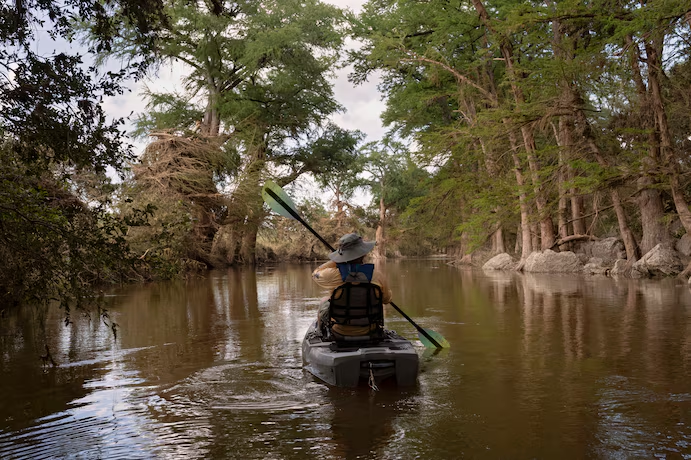The Guadalupe River had changed.
A week before, a downpour transformed the Guadalupe into a historic torrent that swept through riverfront homes and summer camps, RV parks and private ranches, leaving about 200 people dead or missing in Kerr County alone, where the headwaters of the spring-fed river begin amid the oak trees and limestone cliffs of Texas Hill Country.
The river is the soul of this place, the great convener, a place of emerald-green swimming holes, of rope swings and campfires. People come to canoe, to fish, to twirl on inner-tubes in the cool water on hot summer days. The writer Joe Nick Patoski called it the “Texas-most” of the state’s 15 major rivers — its prettiest; home to the state fish, the Guadalupe bass; fed by the state’s two largest springs. It runs more than 200 miles from the hills in the center of the state before emptying into San Antonio Bay.



